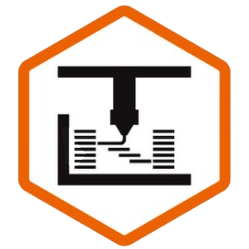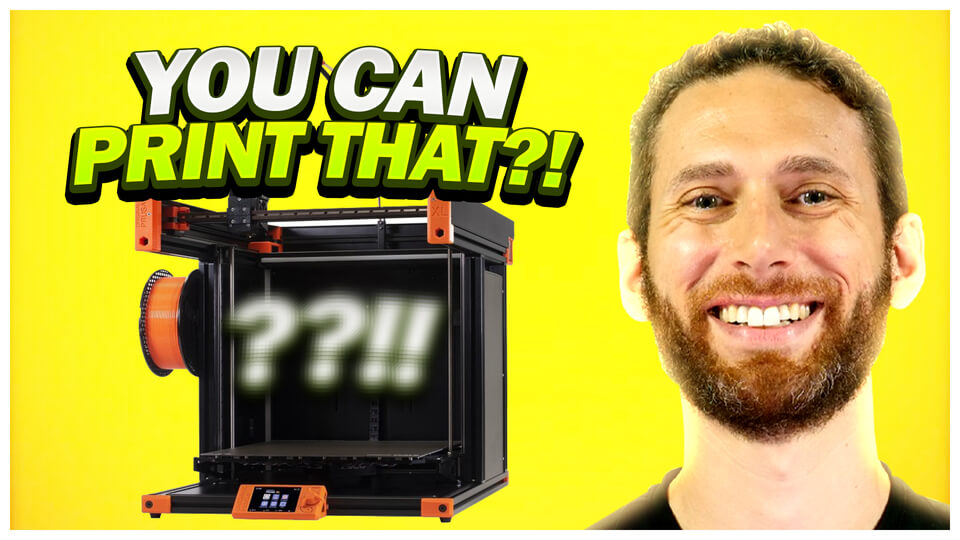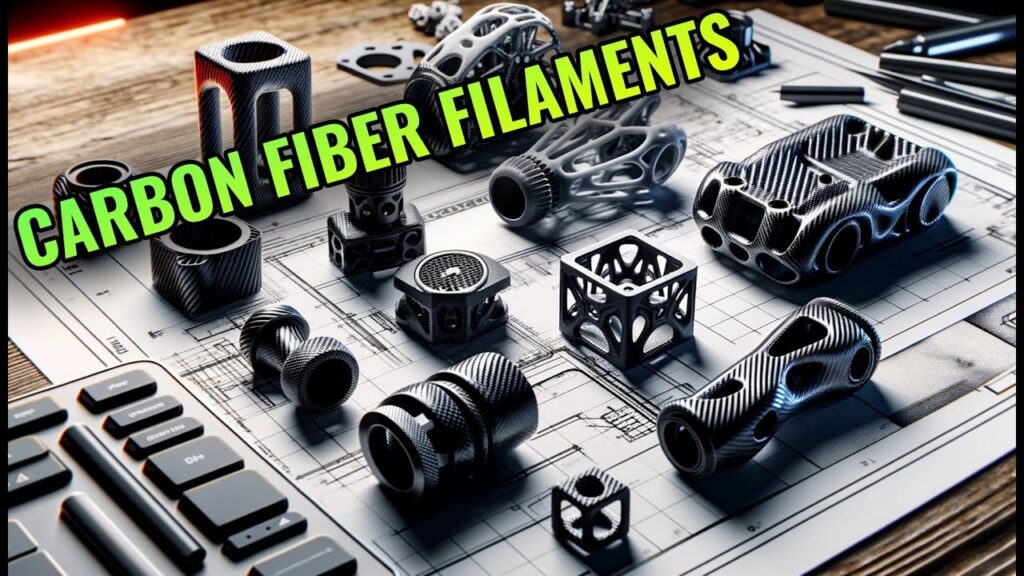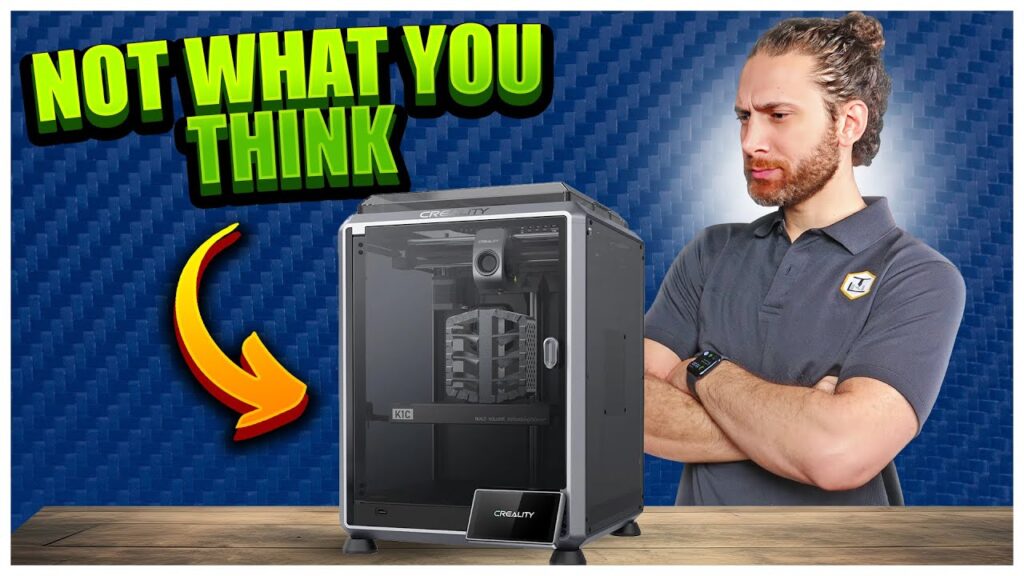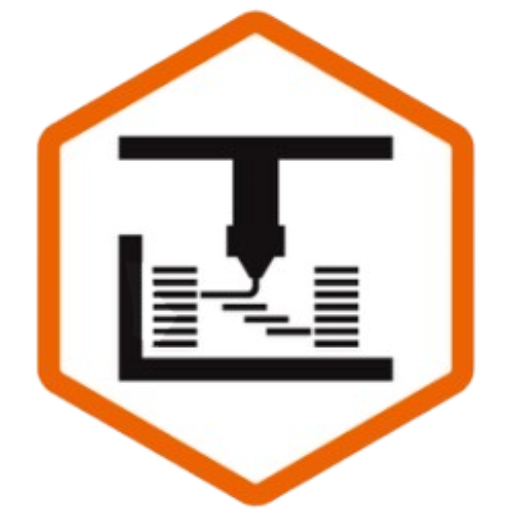3D printing has come a long way since its early days and is now more accessible than ever.
But is it really as hard as it seems?
The short answer is no.
With the right tools and resources, anyone can learn the basics of 3D printing and create their own designs.
There are tools and resources available to make it simple and exciting for beginners. Therefore, read on to learn the not-so-hard facts about 3D printing.
Is 3D Printing Hard to Start?
Definietly not.
Anyone can learn the fundamentals of 3D printing and begin producing their own original designs with the proper equipment and resources.
You never know what fantastic creations you might come up with, so don’t be scared to explore and try new things.
We’ll look at the significance of selecting the best printer, filament, slicing software, and CAD file, as well as the printing process itself.
We hope this post will help you gain a better understanding of 3D printing, as well as the tools and resources that are available to make it simple and entertaining for beginners.
Picking the best 3D Printer
One important step in the process is choosing the right printer.
There are many options available, so it’s important to research the features and capabilities of different models and look for ones that are user-friendly for beginners.
Auto-features and simple navigation screens can make it easier to get started, and opting for a reputable brand can ensure better quality printing and support.
It’s best to choose well known printer brands to start with such as the Ender 3 or Prusa i3 MK3S.
Picking the proper filament
Another important aspect is selecting the right filament, the substance used to create the final product. There are many different types of filament available, each with its own benefits and drawbacks. For newcomers, the selection—which includes ABS and Nylon—can be bewildering.
For beginners, PLA filament, made from natural resources like maize starch or sugarcane, is a popular option as it produces a high-quality finish and is easy to use as well.
Software for slicing
Slicing software is also crucial, as it converts 3D CAD files into formats that the printer can understand. There are many options available, such as Cura, PrusaSlicer, and Slic3r, and it’s important to choose one that is compatible with your printer.
Some printer brands even have their own proprietary software. Understanding the parameters and options offered by the slicing software can also impact the quality of the final product but is no road blocker to start printing.
Let’s get printing!
Finally, it’s time to start printing. This is the most exciting step, but it also requires patience as the process can take several hours.
Keeping an eye on the printer and understanding the software and settings can affect the quality of the output.
Maintaining the printer and monitoring your progress can also help ensure a successful print.
Overall, 3D printing may seem daunting at first, but with the right tools and resources, it can be a simple and exciting process for beginners.
With a little patience and focus, anyone can learn the fundamentals of 3D printing and create their own original designs.
